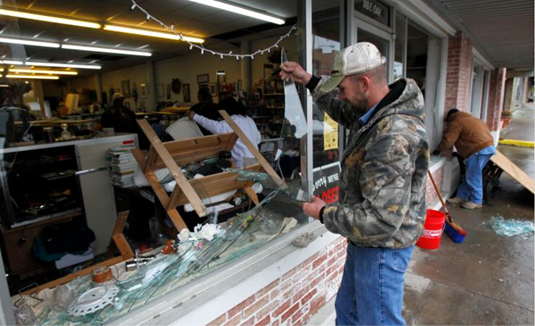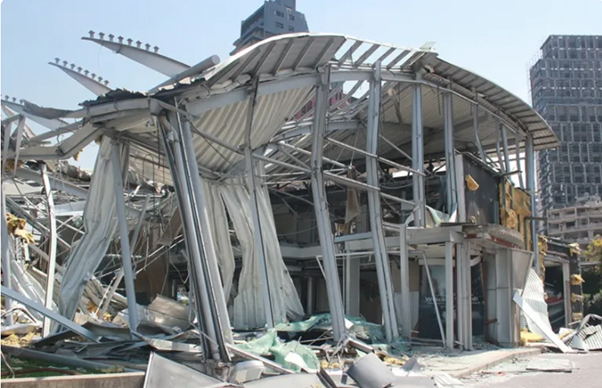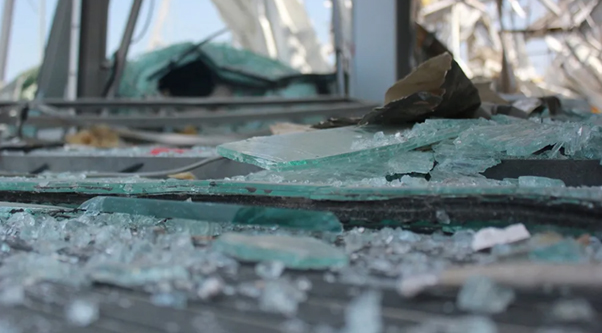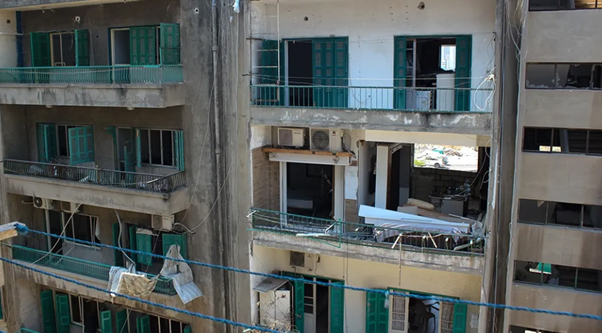Blast-Resistant Glazing Systems: Perfect Defense Against Blasts
Blast-resistant glass systems are specially designed to prevent glass surfaces from causing harm to people during dangerous explosions and to ensure the structural safety of buildings in high-risk environments. These systems are used in sensitive and hazardous areas such as the defense industry, chemical plants, power plants, oil refineries, laboratories, airports, and critical infrastructure. Explosion-resistant glass provides physical protection while maintaining visual transparency and the benefits of natural light.
In explosion-resistant glass systems, glass and interlayer materials of varying thicknesses are specifically designed according to the targeted blast pressure and impulse. Regardless of how strong the glass is, the system will fail if the frame and mounting components are not equally resistant. Therefore, aluminum/steel profiles and fixing elements must be specially designed to match the strength of the glass.
Why Should Explosion-Resistant Glass Systems Be Used?
- Human Safety:
During an explosion, shattered glass fragments can scatter like shrapnel, causing fatalities and serious injuries. Explosion-resistant glass minimizes this danger.
- Structural Integrity:
Durable glass surfaces help preserve the overall integrity of a building. They slow down the transmission of blast pressure through the glass to the rest of the structure.
- Operational Continuity:
If the glass remains intact after an explosion, it helps protect sensitive equipment, documents, or individuals inside the facility. This reduces recovery time and cost.
- Regulatory Compliance:
In areas where hazardous materials are used or stored, these systems may be mandatory to comply with safety regulations.
Real Accident Examples
- West Fertilizer Explosion – Texas, 2013
An ammonium nitrate explosion at a fertilizer plant caused windows in surrounding homes and schools to shatter. Dozens of people were seriously injured due to flying glass shards. Had explosion-resistant glass systems been in place, many of these injuries could have been prevented.

Beirut Port Explosion – Lebanon, 2020
In this massive port explosion, over 200 people died and more than 7,000 were injured. A majority of the injuries were caused by broken glass fragments. Windows shattered in buildings located kilometers away from the blast center.



Kaynak: Al jazeera
OSTİM Explosion – Ankara, Turkey, 2011
An explosion at an industrial facility in OSTİM caused glass in many nearby buildings to break. Flying glass pieces injured people in the surrounding area.

Kaynak: Cnn Türk

Comments are closed